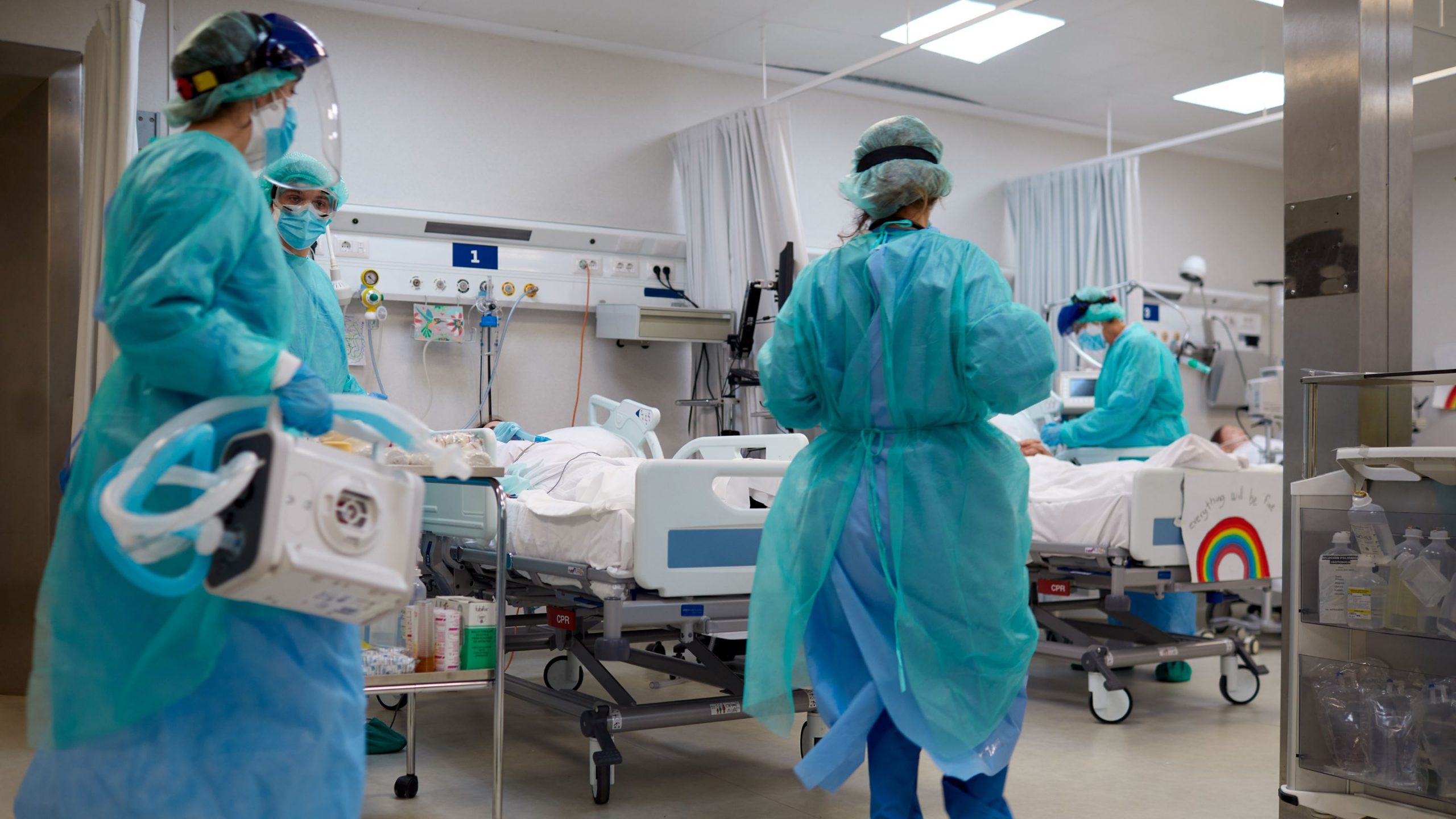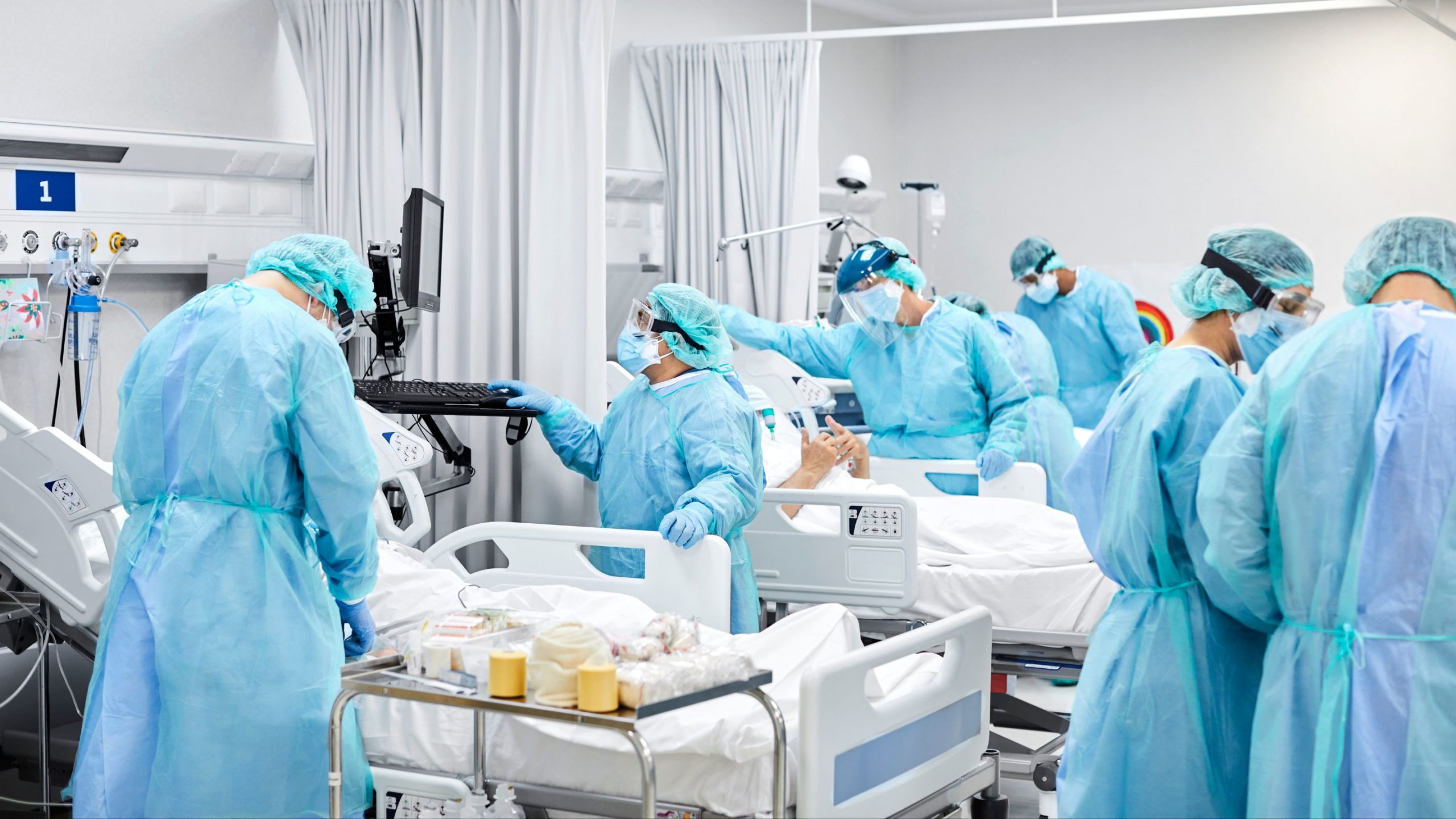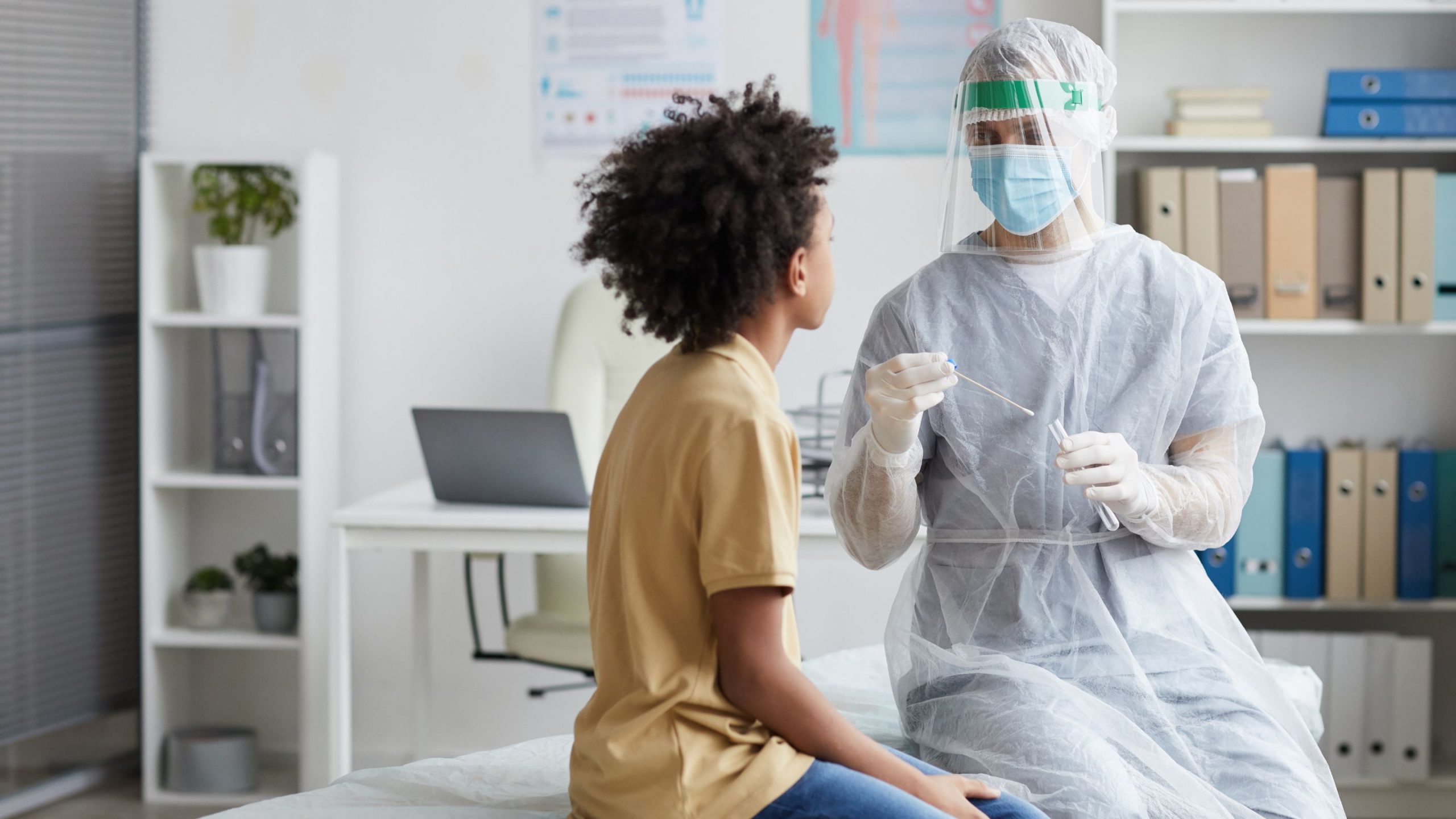
TEACHING THE NEW NURSES, OUT OF ET TUBES, LOTS OF CLOTS
I finally developed a pressure sore on the bridge of my nose. It’s from where my mask is fitted to my face, and I’m surprised it took this long. I found a dressing that will cover it, but it will likely reduce how effective the mask is. I’m wearing the dressing anyway, but I’ve almost certainly already been exposed during all of the resuscitations. At least this way I’ll have a smaller wound on my face to go with my disease exposure. I keep getting horrible headaches halfway through shift as well; they’re tension headaches that originate from where my mask straps to the back of my neck and around the crown of my head. Tylenol helps a little, but it takes hours after de-masking post-shift before the headache really goes away.

I had assumed the trucks behind the hospital were food trucks for patient meals or something hospital supply-related. I learned today they’re outfitted with coolers for all the dead bodies. There are so many dead that the funeral homes are full and the city morgue is over capacity. They must have filled the first trailer, because the second one showed up over a week ago. NYC had over 700 confirmed dead from COVID on April 8th alone, and I guess they’ve got to go somewhere.
We’re commonly seeing patients with COVID who have blood clots in various places (mostly lungs and brains). Apparently a huge number of patients have had blood clots in the lungs found on autopsy. We’ve seen more than a few patients with a (normally) extremely rare condition called DIC. DIC is usually a post-traumatic or post-surgical blood condition. It starts as an uncontrolled cascade of blood clots form throughout the body, which cause their own life-threatening problems that can obstruct circulation to the lungs. Eventually, if the blood clots themselves don’t kill the patient, the body runs out of material to make blood clots with and starts to hemorrhage because it can’t heal micro-tears in the vessels like it normally can. I’ve only seen DIC two times in my career other than my time treating COVID patients. One was one of the worst cases — medically, emotionally, and ethically — I have ever had to wrestle with. She ultimately died after dragging along in multi-organ failure, eventually developing serious infections leading to such profound abdominal swelling that they had to open her abdomen surgically and leave it open for six weeks. The other case was a younger woman who developed it after an injury and ultimately survived, but she lost all four of her limbs due to complete loss of blood flow to the extremities. That’s the horror level DIC is operating on.
Tonight we ran out of endotracheal tubes. We have put so many people on ventilators that we only have small and XL size intubation tubes. If your airway is the size of a bratwurst, you’re in good shape, but for anyone who’s even close to average, we just don’t have the right size. They’ve been using the too-big and too-small tubes anyway because it’s better than nothing, but I never even considered the possibility of running out of those tubes because they’re so damn common. The OR, on a normal day, probably uses 50-100 of them. Why the hell are we running out of such a commonly used supply? We’ve run out of BiPAP machines, too, so that tool is no longer an option to keep people off the vent. The endotracheal tube issue will likely be fixed during the day shift, but there isn’t a good BiPAP alternative. We have a jury-rigged CPAP machine made from a CPAP mask, a certain type of manual bag ventilator with a special valve, and two high-flow oxygen connections. It’s a good temporary solution, but it’s only a matter of time until we run out of those supplies, too. I wonder if running out of oxygen supplies in the hospital is possible?

Things seem to be better (in the sense that it’s better to be hit by a bus than a train), but the lack of resources is still pronounced. The department is now staffed by about 30% regular ED staff and 70% contractors like me, but most people are still getting a feel for the department, and many of the agency nurses here don’t have ED experience. Medical and surgical wards are completely different from ICU and ED settings. You can’t even attempt to plan your day when you work in an ED, but the contractors seem to be holding up despite the comparative chaos. Most are happy to learn, and now that things have calmed down a bit more, I’m happy to teach what I know. A number of contractors have stayed only for a few hours or days and left because the stress is so high. I don’t blame them; there’s almost nothing that can prepare you for a situation like this.
I ended my last shift in this stretch of 11 shifts in a row with a wake-up resuscitation one hour before the end of shift. I mentioned to a couple of friends (and in a previous journal article) that obtaining vascular access by drilling a hole and placing a tube in someone’s bone marrow (in lieu of an IV) was the only trick up my sleeve I hadn’t had to use yet. I should have kept that thought to myself because that “wish” got granted tonight — we had two patients with CPR in progress and difficult vascular access, so I got the drill out twice tonight. It’s been at least five years since the last time I’ve had to use that skill, but I’ve still got it, apparently.
Once I got back to my hotel room, I had to hustle to bag up my contaminated scrubs and white coat (the coat is so gross I’m not even sure it’s garbage-worthy), shower, and gather my belongings to hop on my first flight home. I got off shift at 7:30am and my flight left at 9:30am. Under normal circumstances that would be a near-impossible itinerary, but luckily for me, there’s a pandemic going on and the airport is basically empty. I made it to the airport by about 8:45, was through LaGuardia security in <15 minutes, and made my flight without a problem. This time, I don’t have a functional private jet. There are about 12 people on the flight in total, though I may get the Detroit to Madison airplane to myself.
I don’t have a definitive contract to fly back out yet, but I expect to go back on April 16th and spend another two weeks on the Eastern front. I’m excited to see my family but a little apprehensive. I don’t want to be a Typhoid Mary to them, but we talked about the return plans before I went out. Everyone in my household is low-risk; I live with three men (one husband and two long-time roommates) who are between 30 and 35 years old and my five-year-old daughter. I looked into the illness odds before I flew out and learned that we adults each have a 0.3% chance of hospitalization and a 0.1% chance of critical illness if we catch it, and the odds are even lower for my daughter. About 85% of people who end up on ventilators die, so my back-of-the-napkin math says the adults individually have a 0.085% chance of death from catching it. Despite knowing the odds are markedly in our favor if I do infect the house, a 0.3% chance of hospitalization and <0.1% chance of death is still not 0%.

When I return to the hospital — if I return to the same hospital — they’re offering everyone the COVID antibody test. I’ll definitely get it done the day I return; if I have antibodies, that means I can start the clock and 14 days post-test, I shouldn’t be contagious and have a degree of immunity, which will make me feel much safer about returning home. The hospital is asking for volunteers for people with high antibody counts to donate plasma for an experimental COVID-19 treatment: plasma transfusion from a person with antibodies to a person who is infected and critically ill. It’s almost a form of immunization, and I’ll definitely donate if my blood antibody count is high enough.
I haven’t yet decided if I’ll write in the journal while I’m on shore leave. Some of the facilities I normally work in have been asking for our protocols at the hospital in NYC, so I’ll write some of the things I’ve learned down and forward the protocols under development to those people. I’ll be working on a side project I’ve been doing in my spare time (haha) in NYC: assisting development of an online clinical alternative program for a rather large group of emergency medicine resident doctors. Much like my own nursing students, they’ve been kicked out of their clinical experiences to preserve masks and gowns, so they need activities to continue their learning. I’m hoping to include a Dungeons & Dragons-style role playing activity; I’ll call it Medicine & Madness, and I’m hoping to give them some of the difficult cases I’ve had in real life.
Share this post
Nurses International is a non-profit entirely focused on helping nurses obtain the education and the support they need to make a difference in developing nations worldwide.
We connect colleges and institutions with experts who can take their nursing programs to the next level. We help establish new nursing programs where they’re needed most. And we eliminate the barriers that stand between students and education.
QUICK LINKS
CONTACT US
FOLLOW US
EIN: 46-4502500